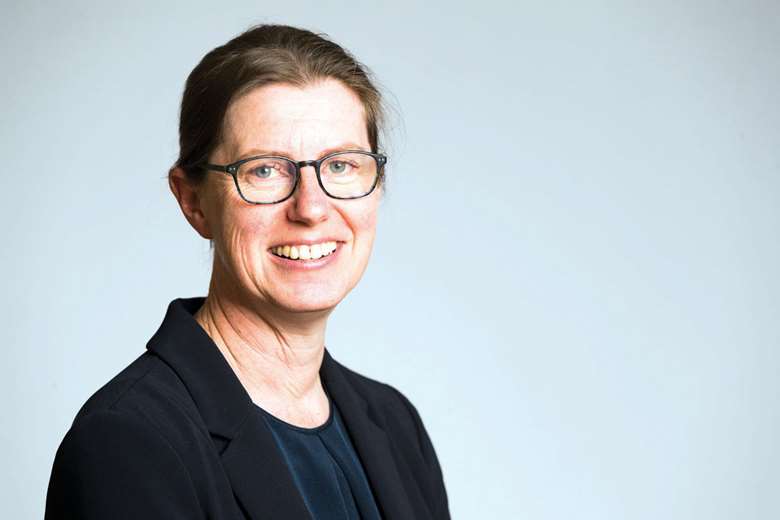Child exploitation: After awareness, what next?
Rachael Wardell
Monday, March 25, 2024
On Monday, 18 March, it was Child Exploitation Awareness Day. Across social media the hashtags #HelpingHands #CEADay24 #CEnomorein24 spread, and advice was shared about the signs of possible exploitation.

It was positive to see these messages being amplified, not just by Child Safeguarding Partnerships across the country, but also Community Safety Partnerships, schools, local authorities, police forces and police and crime commissioners’ offices, hospital trusts, children’s rights organisations, children’s charities, parenting charities, fostering agencies, mental health providers, sport and theatre projects, victim support organisations and many more. But when the awareness day is over, what do we all do with our new-found or refreshed awareness?
Missing episodes, unexplained injuries, new possessions (or cash) and drug or alcohol use in our teenagers will probably alarm us, but so many of the other signs of exploitation are also common features of an ordinary adolescence. What parent, carer or teacher hasn’t noticed changing friendships, behaviour or appearance in a child they care about, not to mention the way online use has dramatically changed for everyone over the past few years. Often, we dismiss these as benign side effects of growing up. And often we’re right. But not always.
More than 7,000 children were identified as possible victims of modern slavery in 2022; the most common reason for children to be trafficked is for criminal exploitation; children are disproportionately likely to be victims of sexual offences, yet the proportion of new child protection plans for sexual abuse has dropped to its lowest level ever. We know this is very unlikely to be because abuse itself has reduced. Rather it seems that more awareness is not leading to more action.
It seems that there are still too many adults - whether parents or professionals - who judge children negatively based on their appearance or behaviour rather than being curious and supportive about what may lie behind a recent change. There are still too many suggestions that a child is ‘putting her/himself at risk’ and therefore can’t be helped. It’s still too easy to turn our backs on a child who seems ‘difficult’, without recognising that the child is in difficulty. Sometimes we don’t fully confront what is happening to our children until they have caused harm to others, by which time – as high profile media coverage shows – the criminal justice system and the public alike tend to forget they are exploited children and see them only as villains, not victims.
Although the awareness day has now passed, the challenge to take action on exploitation is with us constantly. In all our organisations, services, and individual relationships with young people our task is to spot the signs; to stay curious, and non-blaming, building trust; and to act decisively on what we find out. Easier said than done, I know, but it’s the only way the exploitation will end.
Rachael Wardell is executive director of children, families and lifelong learning at Surrey County Council and chair of the Association of Directors of Children’s Services (ADCS) workforce policy committee. This blog was first published on the ADCS website.




